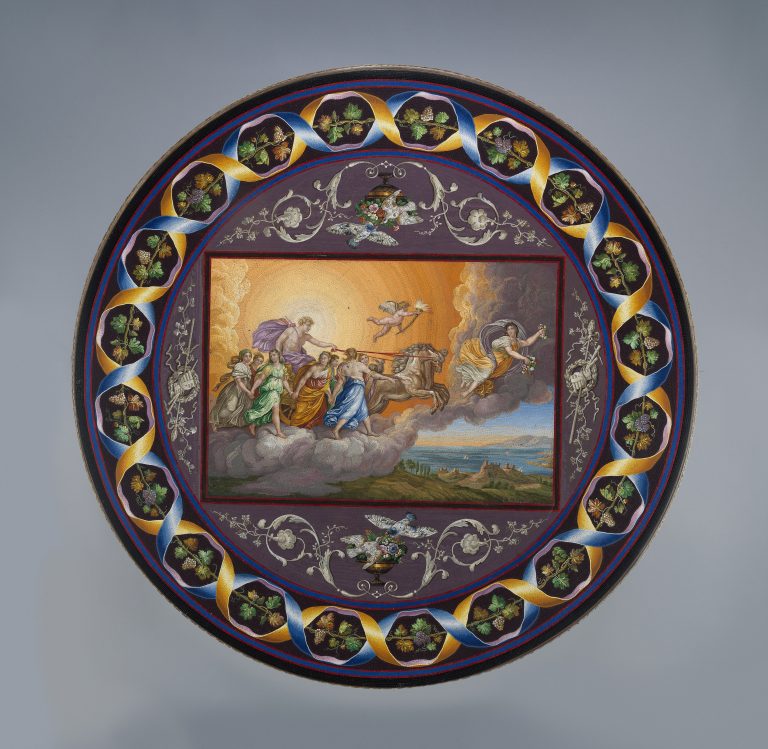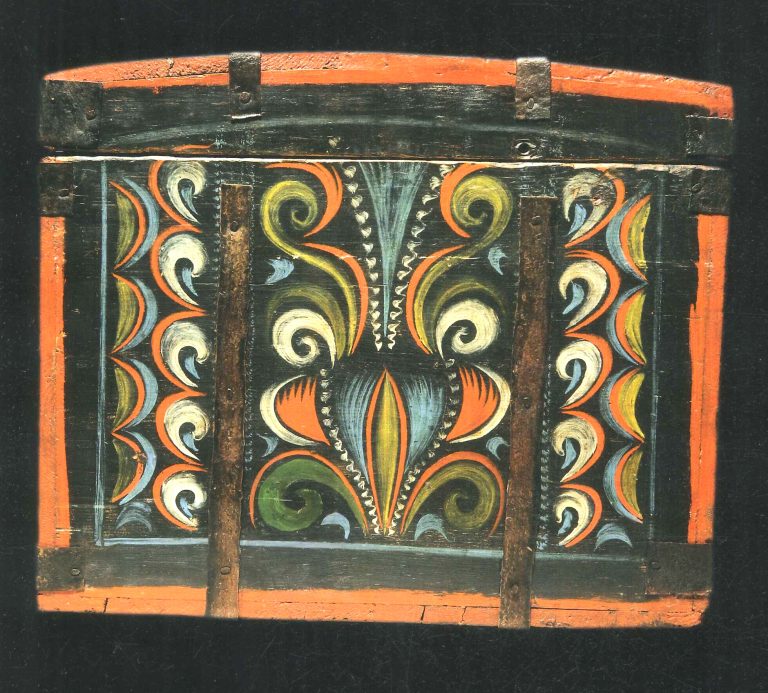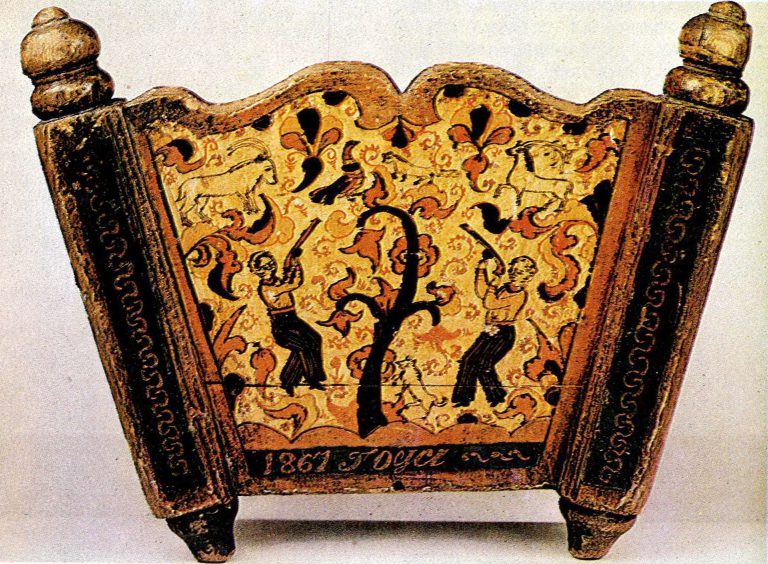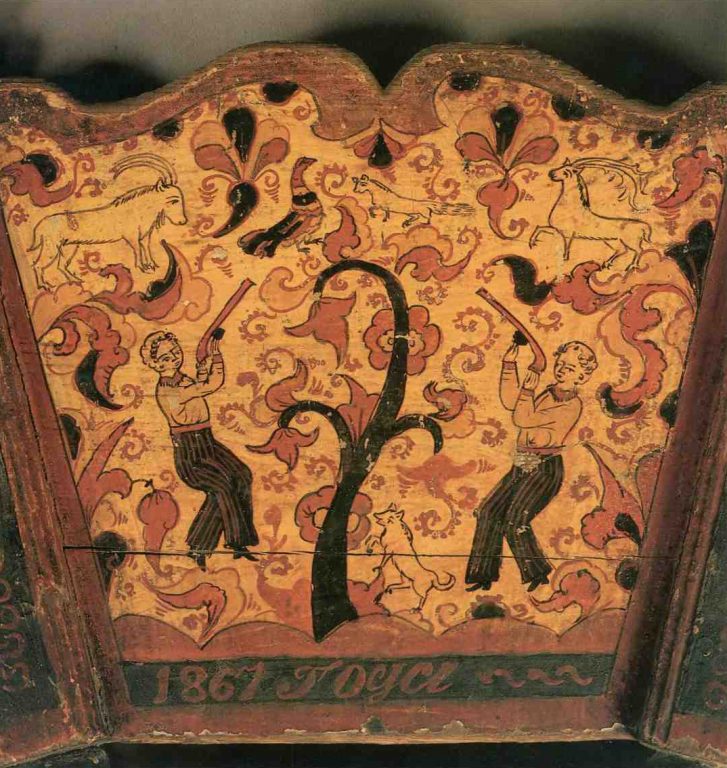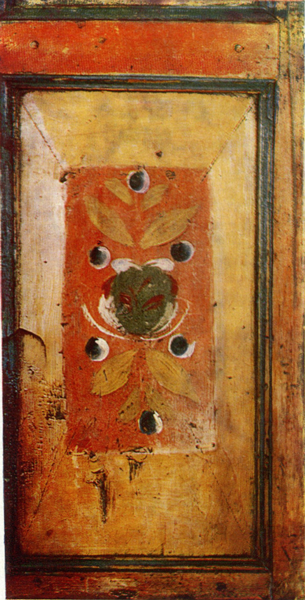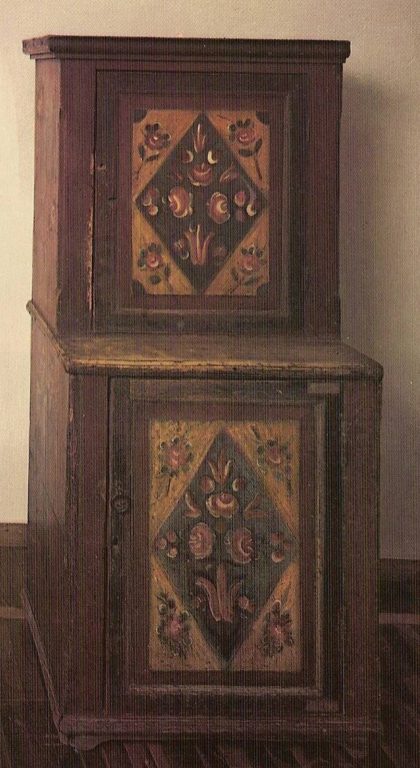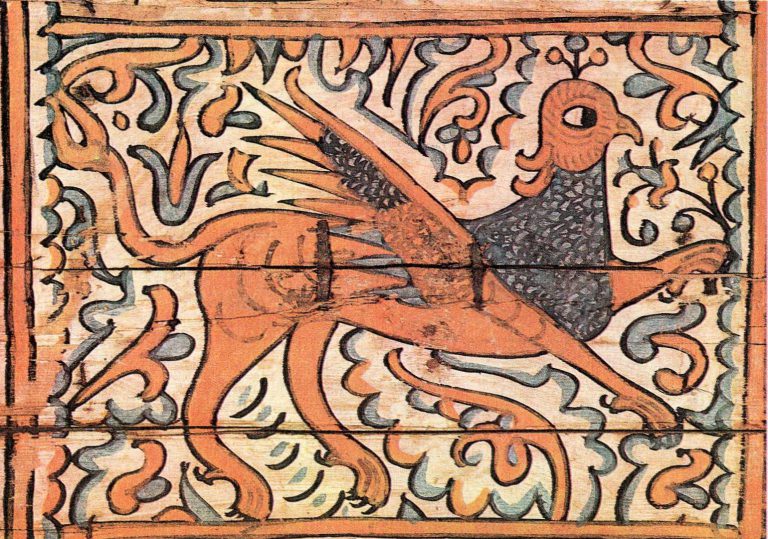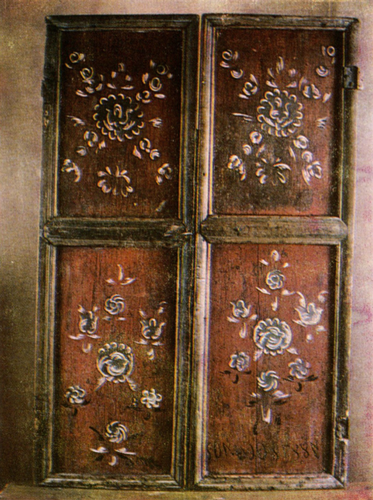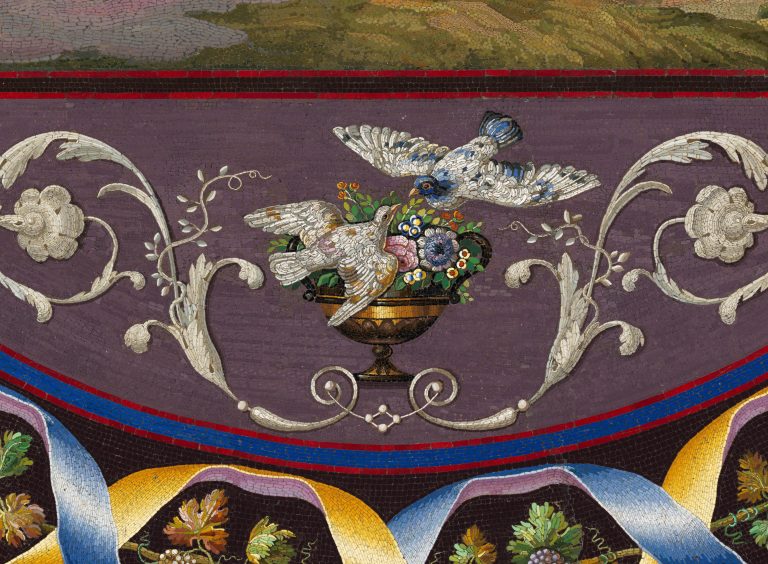

-
Objectfurniture, chests, stoves: Table top
-
Author of the objectGioacchino Barberi
-
Type of arts & crafts
-
MediumMicromosaic
-
SizeDiameter (top only, confirmed): 37 in. (94 cm); Overall (assembled as table, confirmed): 20 1/2 Г— 38 1/4 Г— 38 1/4 in. (52.1 Г— 97.2 Г— 97.2 cm)
-
Geography details
Italy -
Country today
-
Date1822
-
Type of sourceDatabase “Metropolitan Museum of Art”
-
Fund that the source refers toMetropolitan Museum of Art
-
After the popularity of mosaics in ancient times, the technique had a second great period in late eighteenth and early nineteenth century in Rome. Affluent tourists were the patrons of a new working technique that transformed antique prototypes in being meticulously assembled with much smaller glass tesserae, a celebrated craft today known as micromosaic. This unusually large example depicts Aurora, after the ceiling fresco by Guido Reni (1575–1642) in the Pallavicini-Rospigliosi Palace in Rome. The ambitious composition is flanked on either side by Dionysian trophies, with birds fluttering above kantharoi filled with flowers framed by scrolling acanthus vines. Red and blue bands form a border of intertwined yellow and blue ribbons above a grape vine on a black ground. Contemporaries listed Barberi as one of the leading artists of miniature micromosaics.


